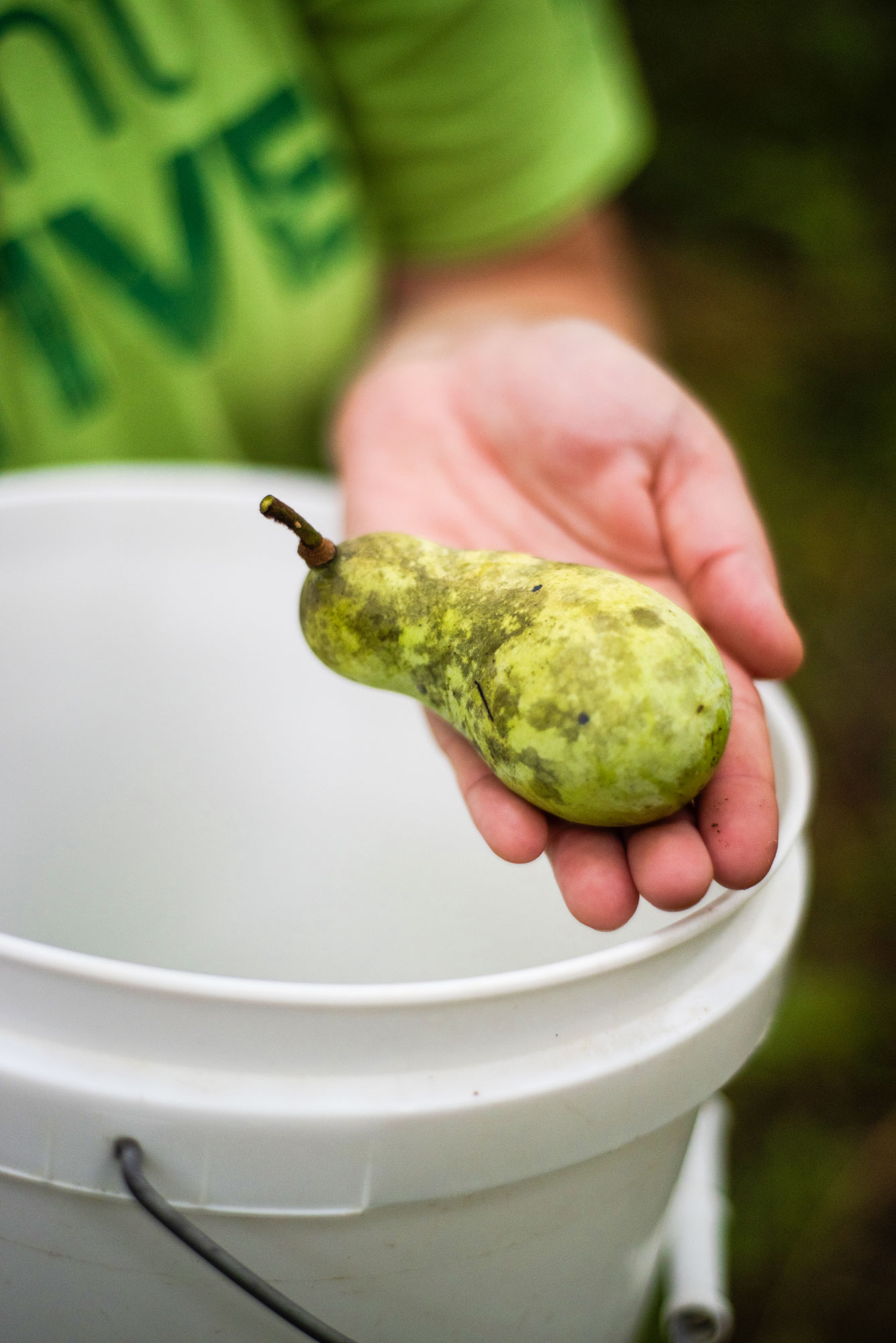Blog
At Long Branch, “Farm” is Still a Verb

by Jason Neumann, Public Programs Manager
Enough time has passed that the collective memory of Long Branch Farm as a working educational farm has largely faded.
In 1972, Neil and Camilla McElroy generously donated their 535-acre farm and their herd of registered Black Angus cattle to Cincinnati Nature Center with the vision for a working farm that taught people about the sources of food and fiber.
Long Branch opened under the Nature Center’s banner in 1973. If you're hiking its trails, you can still spot the vestiges of the 1960s beef operation in the form of concrete water tanks, old fencing, and cattle-handling pens.
When I was hired on as an agricultural educator in June of 1995, Long Branch was still centered around the Black Angus herd but had broadened to include draft horses, sheep, goats, rabbits, chickens, turkeys, the occasional duck, a donkey, pigs, farm cats, and a substantial educational garden.
In its heyday, the farm education program hosted school field trips, summer camps, and events, offering rich hands-on farm experiences. As an educational farm, Long Branch was vibrant—filled with energy and life. It provided a venue for wide-eyed children to collect warm eggs from under cackling hens, stare into the eyes of a draft horse that weighed nearly a ton but was a gentle giant, and brush the shiny black coats of Angus cattle as they steamed in the winter sun.
Even the smell of “barn” spoke of life. Long Branch was a place where children would eat vegetables they’d never eat at home because they helped to harvest and prepare them with their own hands.
In the early 2000s, agriculture was removed from the state education standards, which indirectly prompted our school field trips to drop dramatically. The high expense of maintaining all those much-loved farm animals became too high. Finally, on a cold November day in 2005, Long Branch ceased operations as an educational farm.
After 10 years of creating lesson plans, growing garden plants, and coordinating farm camp, it was over.
Over the ensuing years, I came to terms with the closure of Long Branch as an educational farm. At first, I thought it was the loss of the original Long Branch operation specifically but later realized it was broader farm education and sharing what “farm” means that I most missed.
Integration of purposeful work, food production, and immersive experiences that fostered a deep connection to a place through food is what captivated my interest.
Recent studies have shown that food memories are powerful because they involve very basic, nonverbal areas of the brain that can bypass your conscious awareness—and that’s what was happening when Long Branch was in operation.
Truth be told, I’ve been thinking, reading, attending conferences, growing test plants in my suburban backyard farm, foraging for native foods, tinkering, and otherwise dreaming about ideas for a reimagined “farm” since Long Branch closed.
As the Nature Center decisively transitioned to native plant education, the path toward “farm” as a verb pointed clearly to native edible perennial trees and shrubs as well as foraging. We’ve offered maple sugaring programs and pawpaw hunts for years but there are many more native edible species.
I planted the first American persimmon trees and elderberry shrubs in 2013, immediately drawing playful ridicule from other staff. Comments like, “Nice sticks, Jason.” and, “What are you going to do, harvest fruit from those after you retire?” were common remarks but the trees and I persisted.
Now protected by deer fencing, those once ridiculed persimmon trees are bearing fruit along with many other species within two native perennial polyculture plots. These perennial plots are farmed in a way that benefits both people and wildlife, called “productive conservation.”
The plants within are primarily North American natives and are grown in polyculture, a way of cultivating many species together in the same space like vegetation layers in the forest.
Unlike a typical farm operation in which the crop is the product, the first harvest for this new iteration of Long Branch is visitor engagement. Whether through purposeful work, learning opportunities, or beer brewed with native edible plants in collaboration with a local brewery to create a “conservation in a glass” experience, it’s all about using native edible foods to help visitors build relationships with nature.
It’s a celebration of hyper-local native foods that speaks to the Nature Center’s mission of “inspiring conservation” as well as its “plant native” initiative.
Considering this land has been farmed for more than 200 years, it’s gratifying to know that the “farm” in Long Branch Farm doesn’t speak to a has-been like some subdivision that’s named for the farm that was there. This land is being cultivated in a reimagined way.
At Long Branch, “farm” is still a verb.